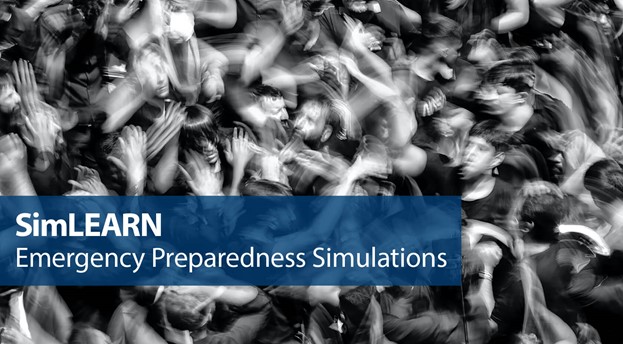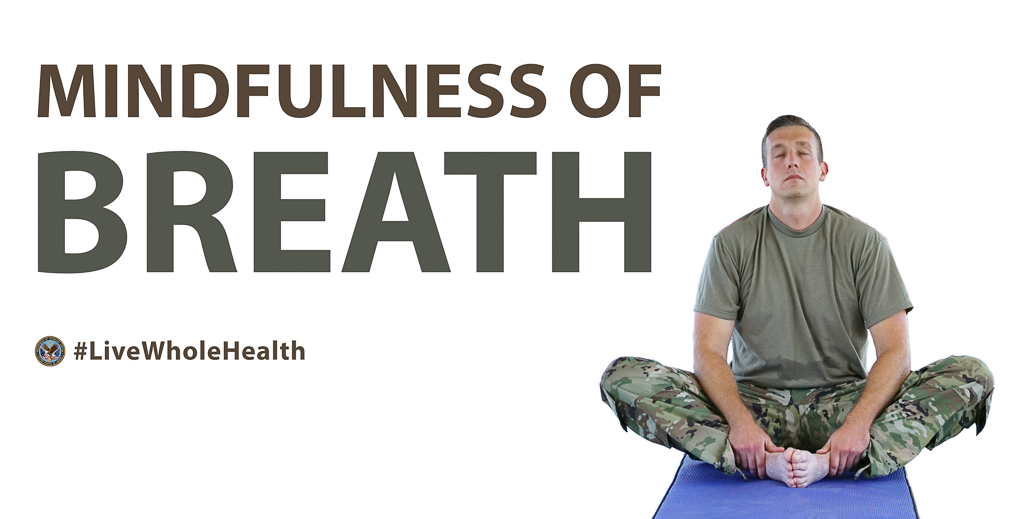In this four-part series on VA Emergency Preparedness Simulation efforts, you will learn how simulation and emergency preparedness professionals are using simulation to build collective strategies that mitigate, prepare, respond and recover from tragedies impacting Veterans and their communities at large, helping to fulfill VA’s commitment to Veteran care and its Fourth Mission.
A category 3 hurricane hits the eastern coast of Florida, sending four-foot storm surges into beachside communities that stretch across a 50-mile section of the state. A twilight tornado touches down in a suburban township in Oklahoma, leaving a path of destruction that spans five miles across the midwestern plains. A gunman enters a concert hall on a Saturday evening and begins a mass assault on the crowd, which injures and kills partygoers. In each instance, for those who experience these disastrous examples, it can be the worst day of their lives.
As part of VA’s Fourth Mission, it’s crucial that the systems – and the professionals who serve them – plan for natural and human-created events like these. One of the best ways to prepare for such emergencies is simulation. The Simulation Learning, Evaluation, Assessment and Research Network (SimLEARN) is doing just that. SimLEARN is using simulation to prepare health care facilities and professionals across the VHA enterprise for potential hazards and events that impact the lives of Veterans and operations of society.
Emergency managers within the Veterans Health Administration (VHA) are required to conduct annual emergency preparedness exercises, in which they employ their facility’s emergency operations plans against a scenario that will test elements of the plan. This can include how a medical center will respond to specific Veteran health risks; how the enterprise’s infrastructure will address a systems failure or outage; and/or how a medical center might function if asked to assist the broader community in responding to a larger-scale disaster. Simulating these events and their impacts in a full-scale exercise allows for leaders and staff to become momentarily immersed in a fictitious, catastrophic event without dangerous risks to personnel or systems.
The exercises look to assess if plans, resources and infrastructures are capable of weathering emergency events. The goal of emergency preparedness exercises is to stress the plan and process to determine in which there are weaknesses in preparedness. Once a simulation is complete, the emergency management team evaluates the action of participants in the simulation and assesses whether plans and procedures are effective in responding to that specific emergency and whether the organizations have the right resources available to address that emergency. This is captured in a final critique and is presented to the participants with a summary of what was observed during the simulation. That critique can then be used to update plans and processes, as well as develop action plans to resolve areas of vulnerability in the organization’s overall emergency program.
Overall, using simulation to prepare for emergencies helps ensure Veterans and their communities receive the health care they deserve despite what’s happening around them.
In the next installment of this series, you will learn how SimLEARN’s simulation experts use tabletop, functional and full-scale exercises to help VA facilities prepare for emergencies and ensure continuous, quality care for Veterans and their communities.
Topics in this story
More Stories
You don’t need to know complicated terms or lots of data to talk to someone about suicide. You just have to show concern.
VA’s Office of Connected Care helps Veterans in rural areas receive care through telehealth and other virtual tools.
Discover the power of your breath! Explore how mindful breathing can bring peace, ease your mind and enhance clarity in this week's #LiveWholeHealth video.






